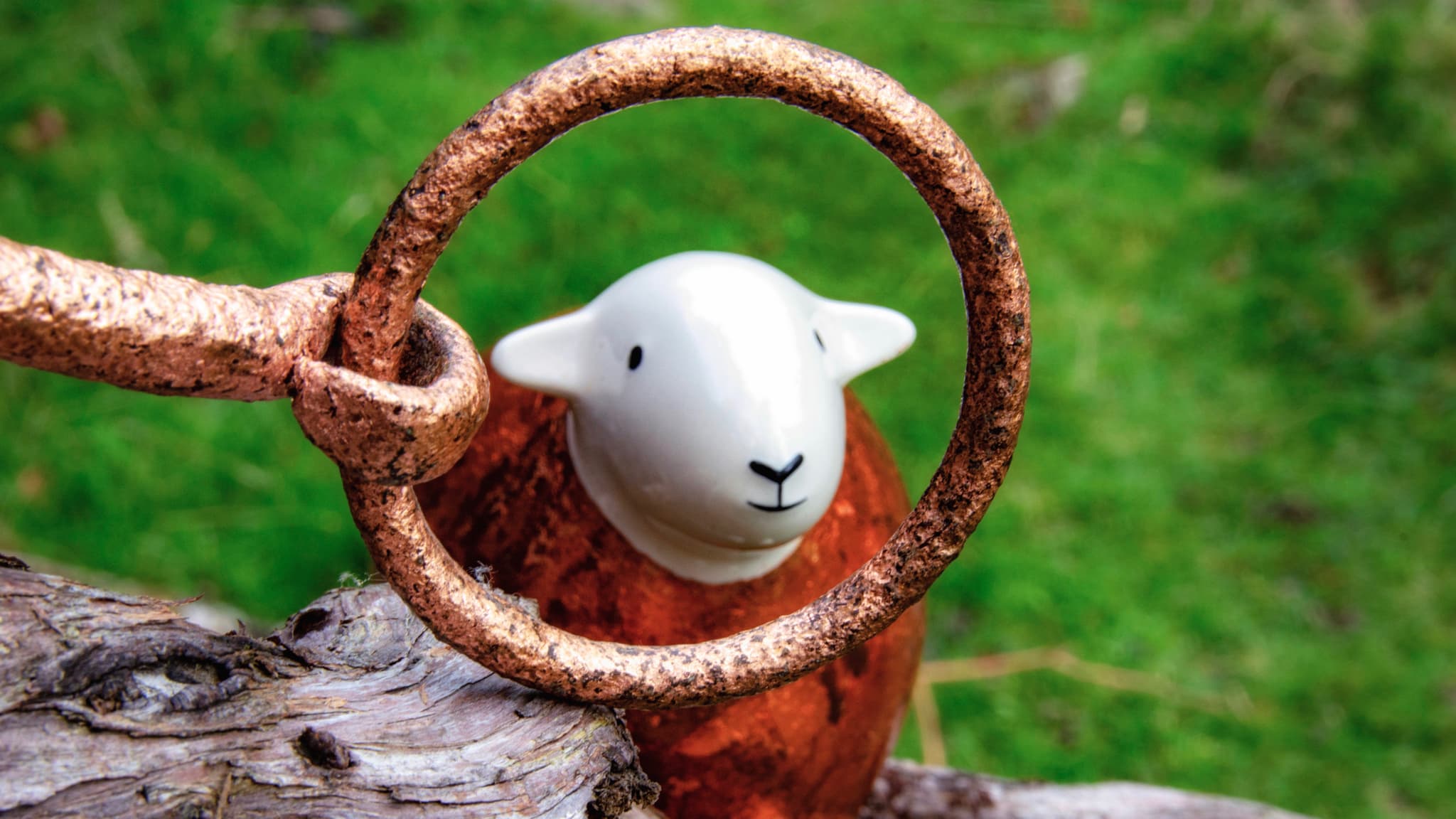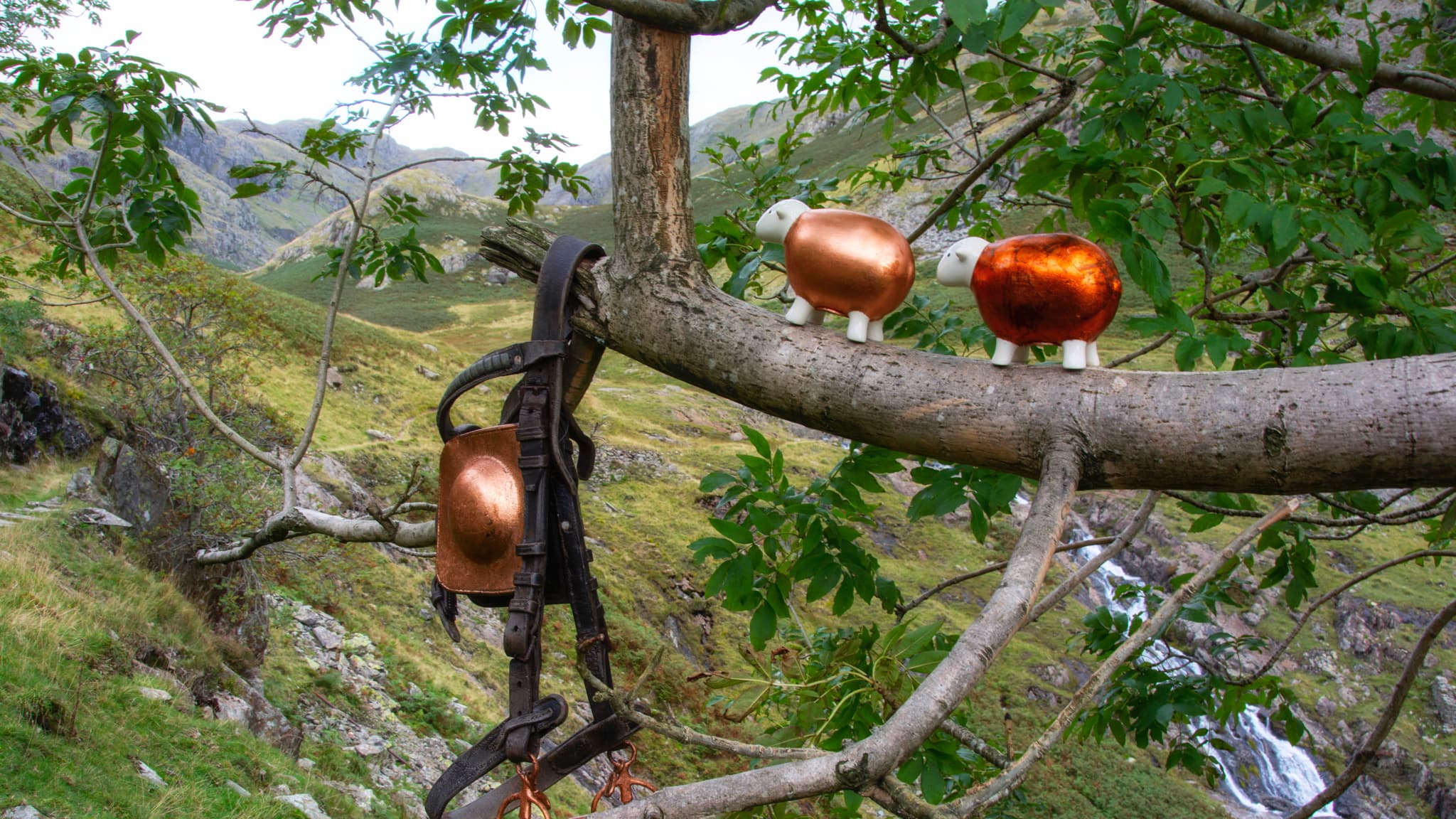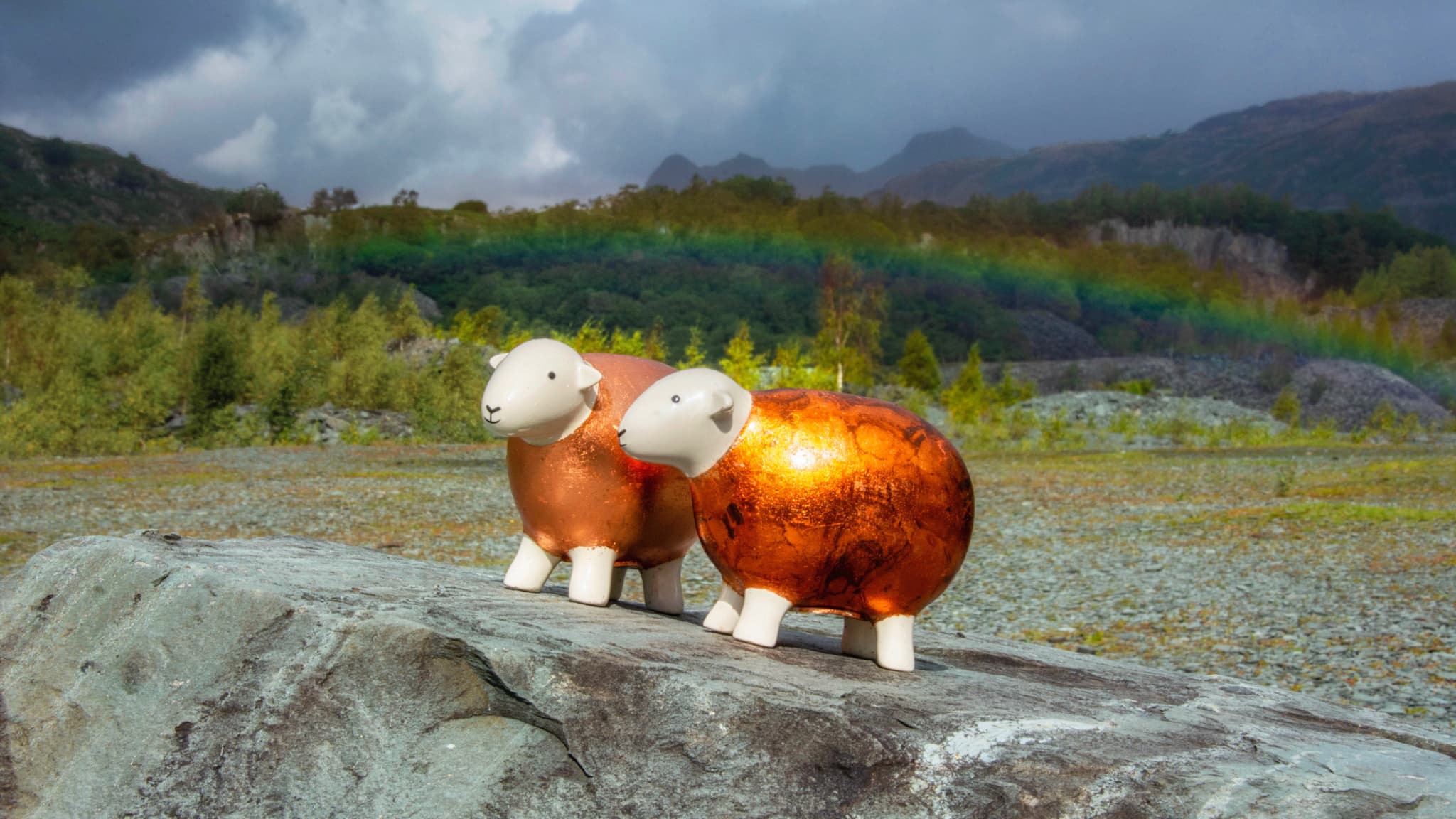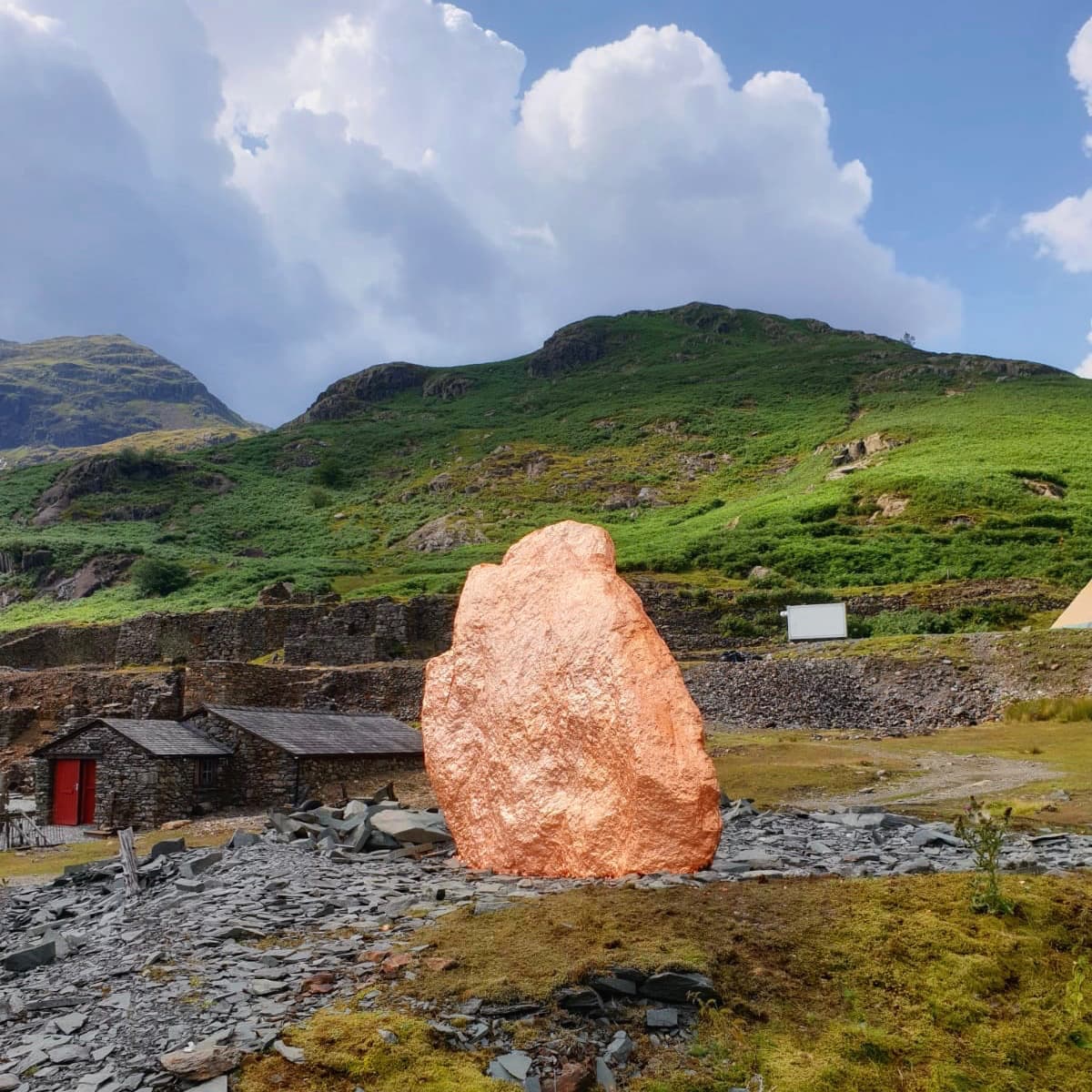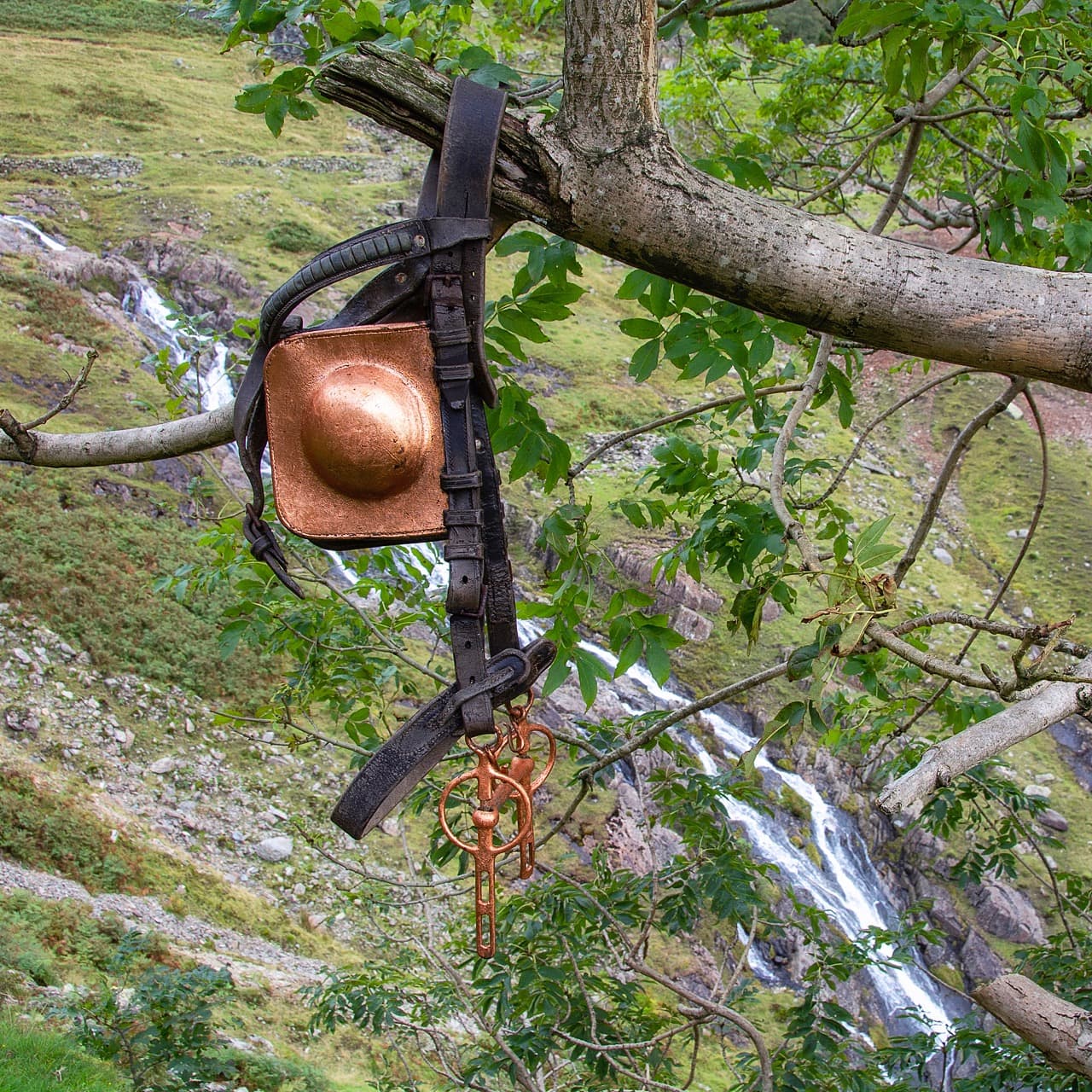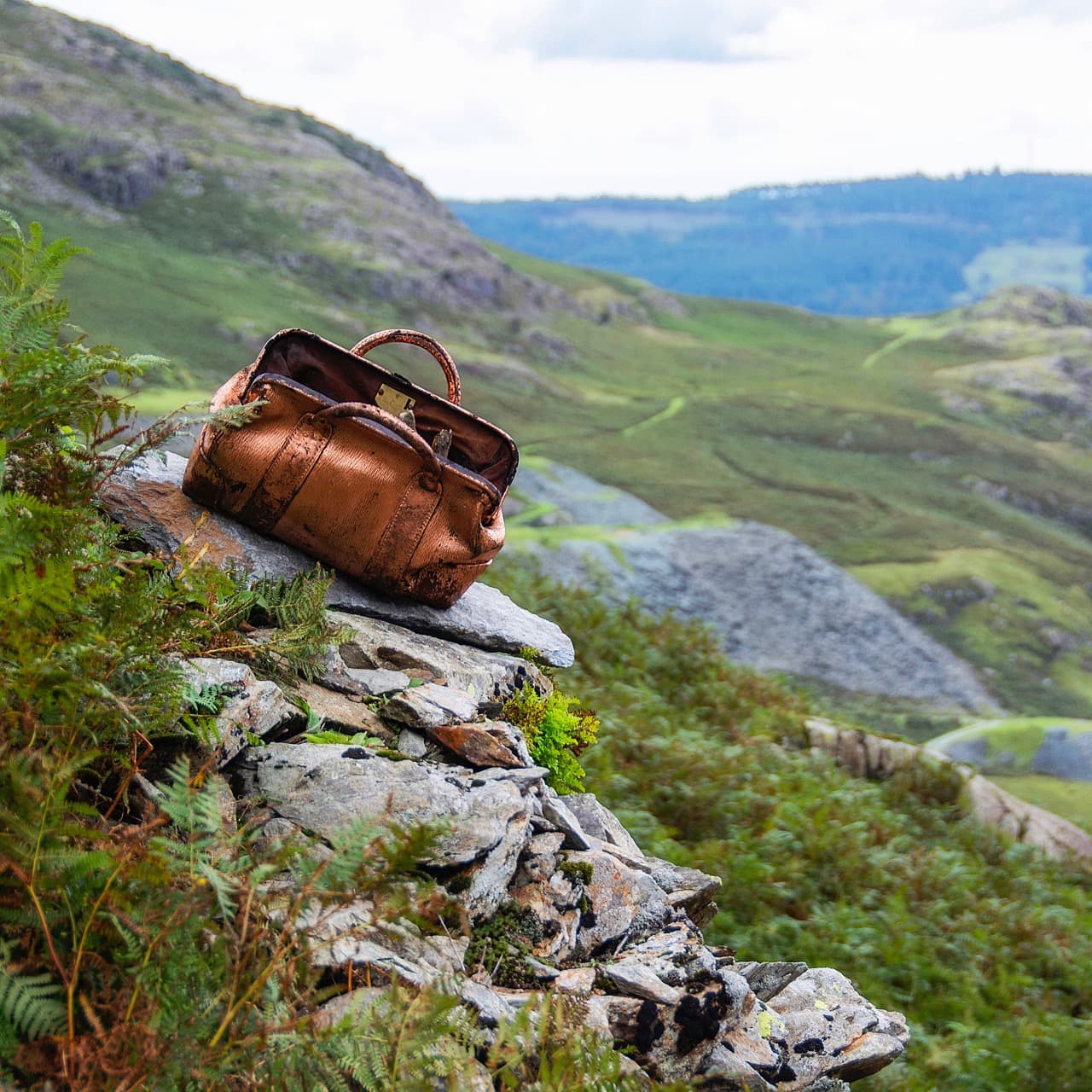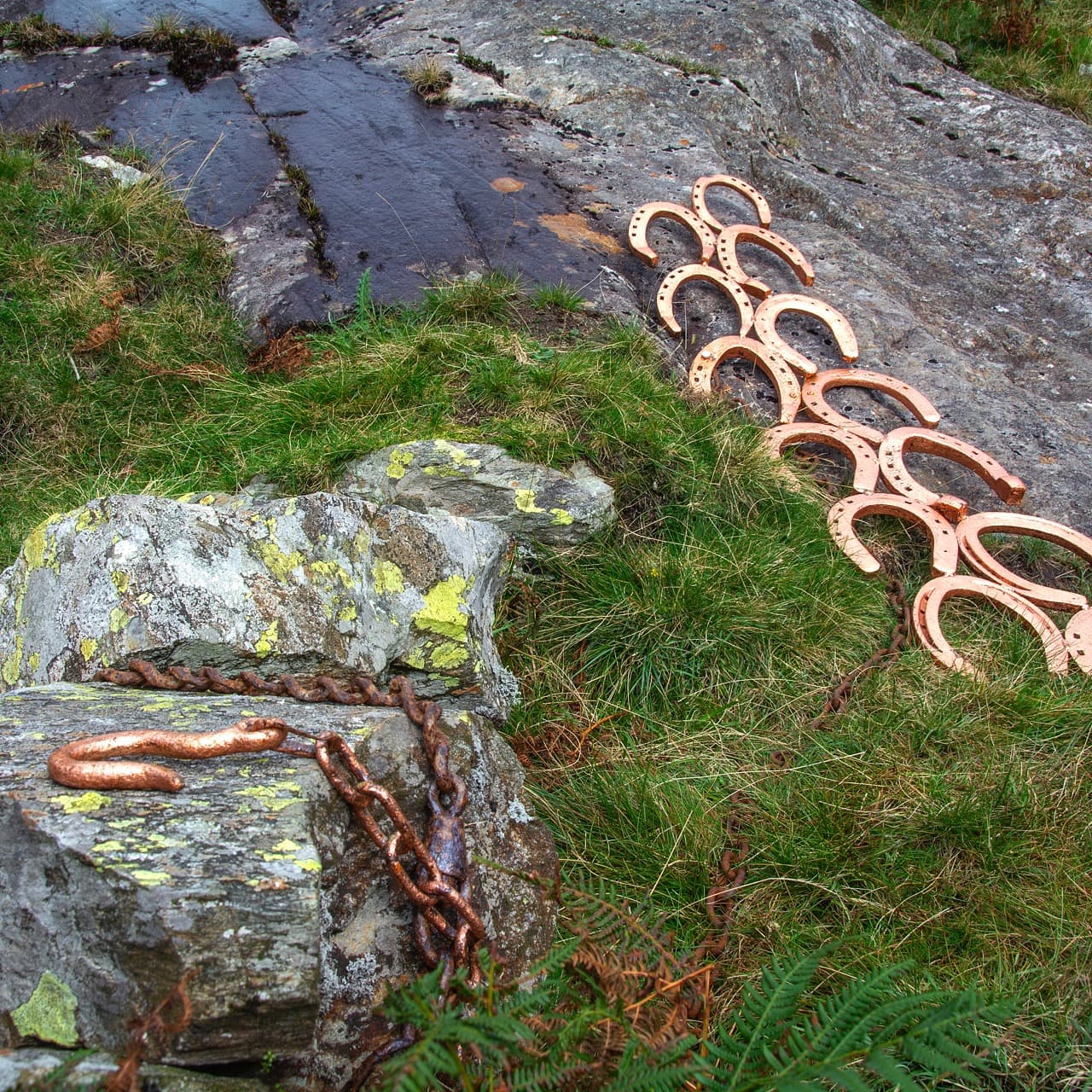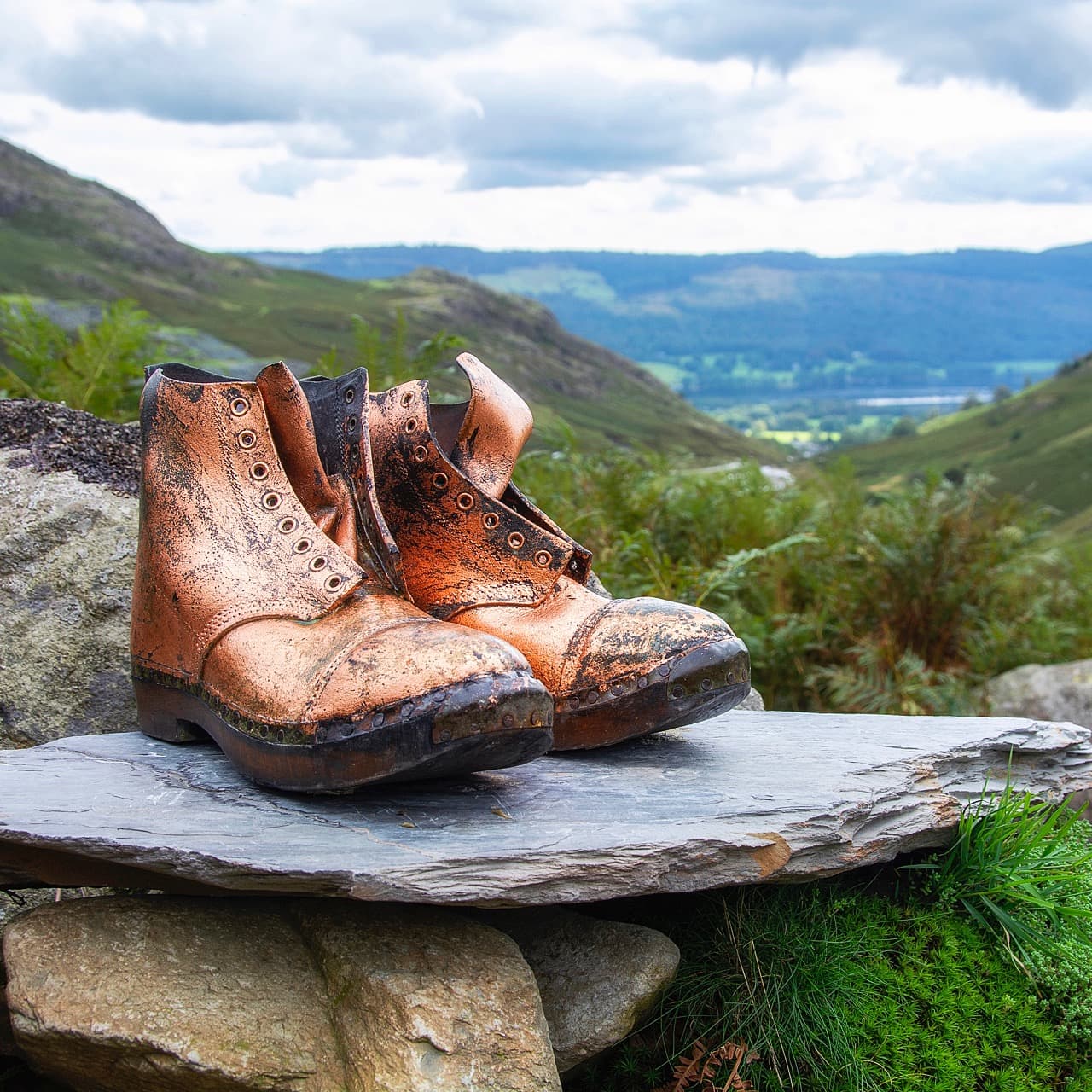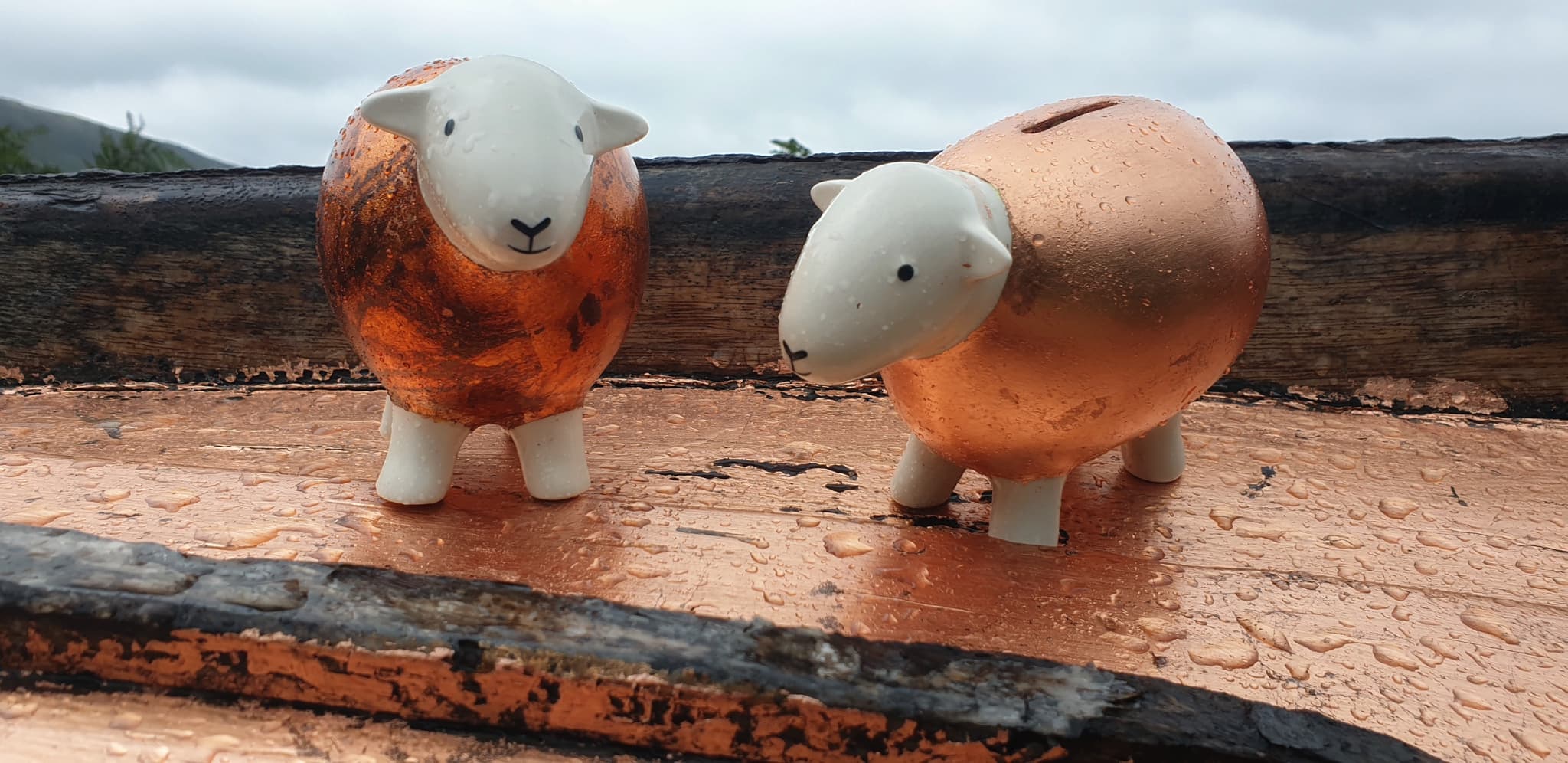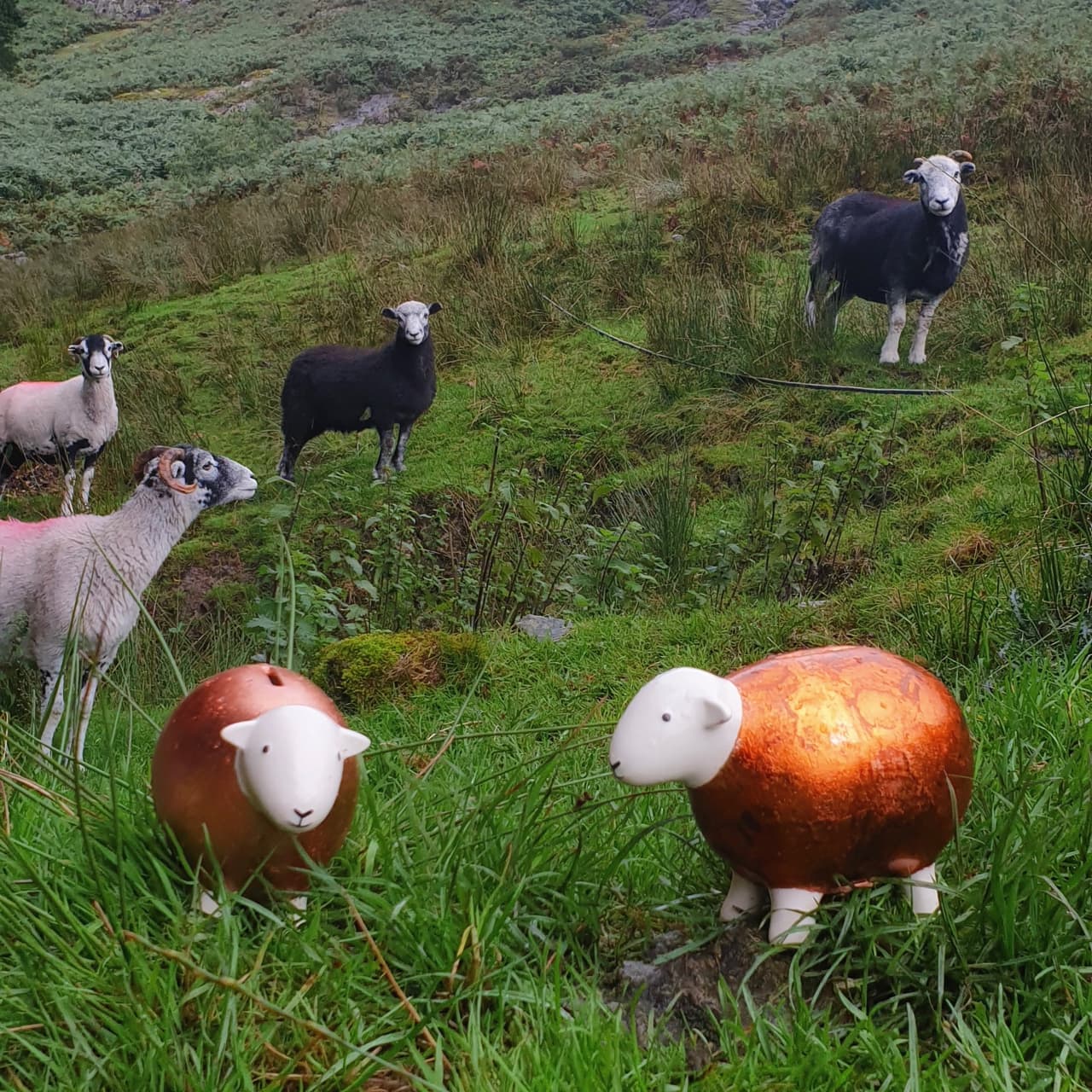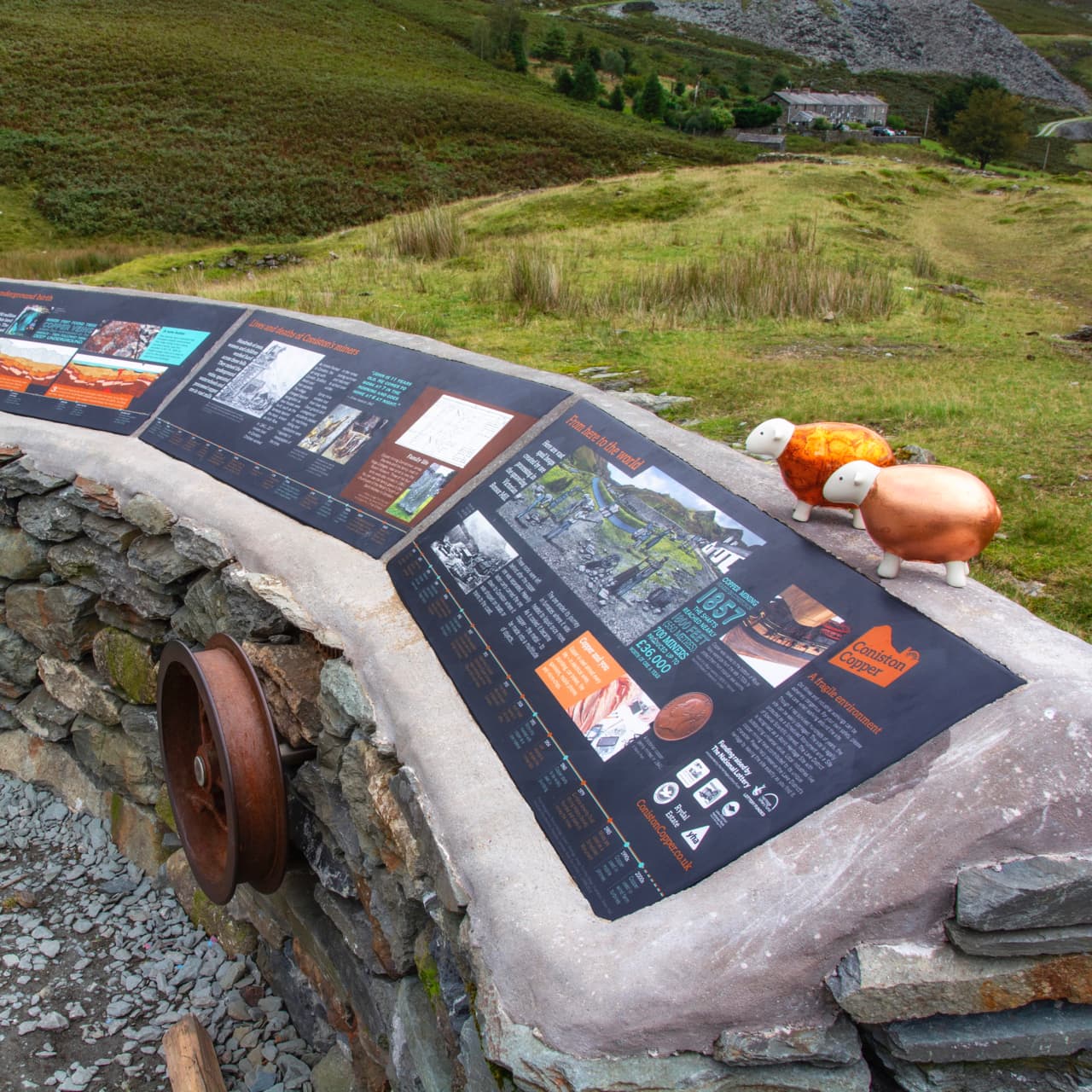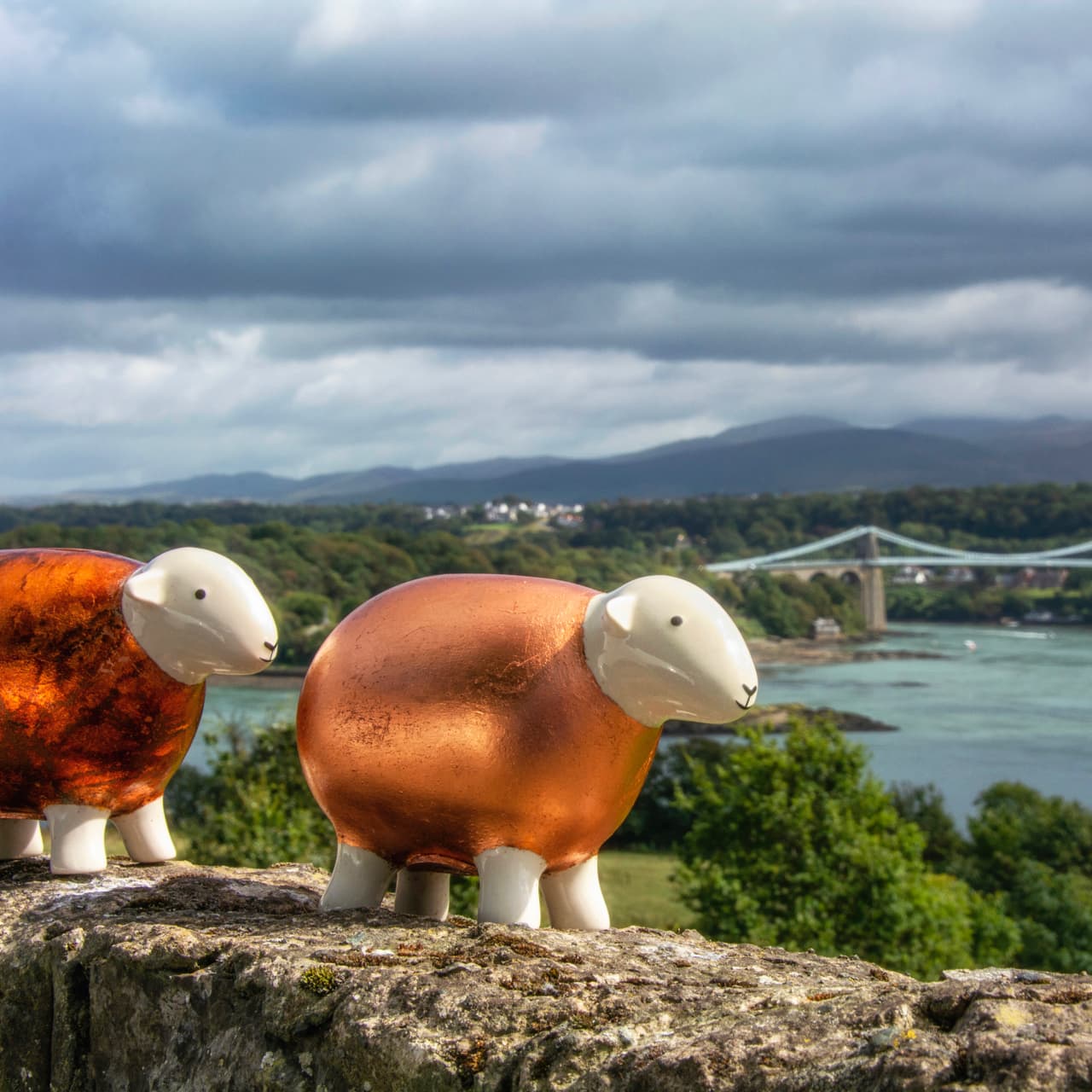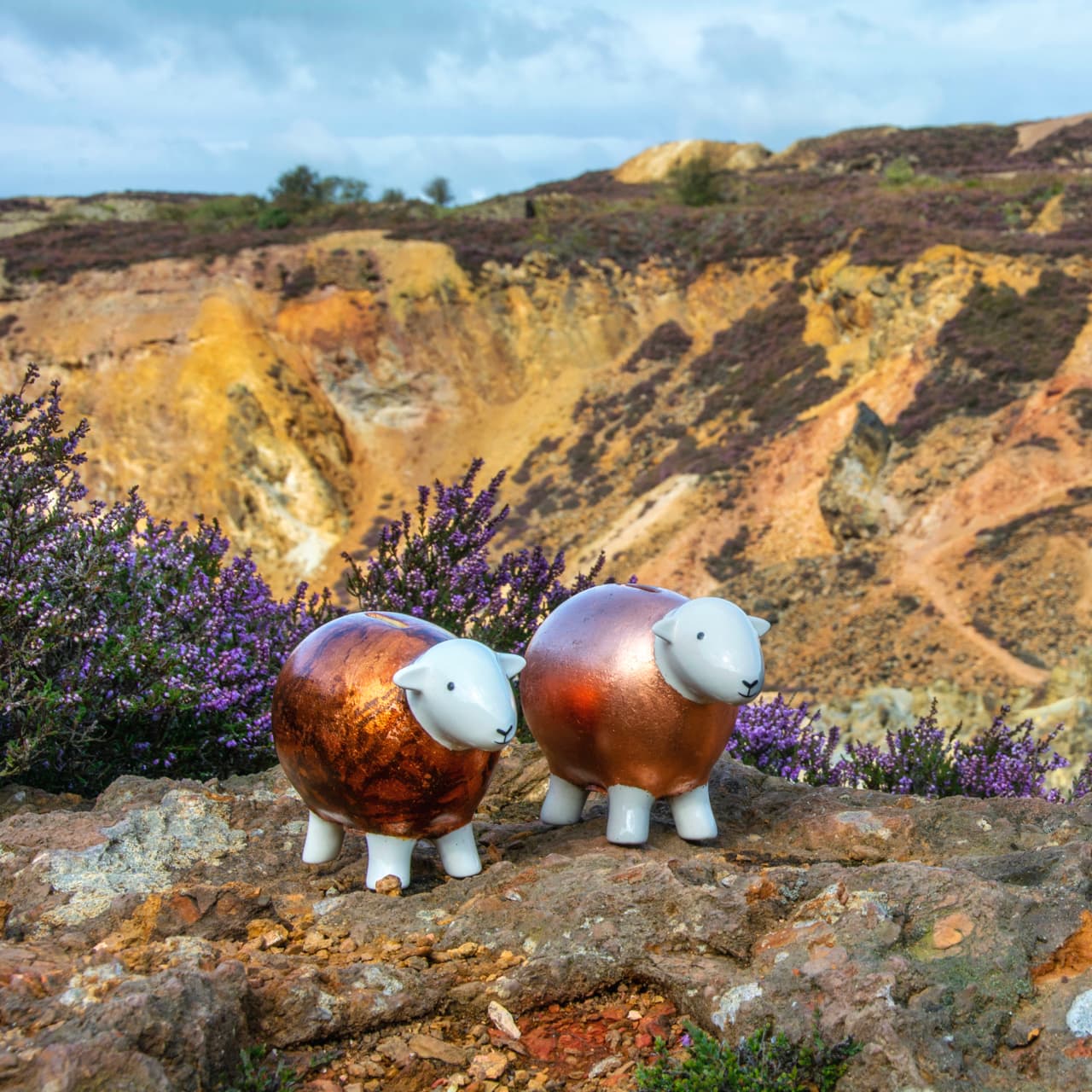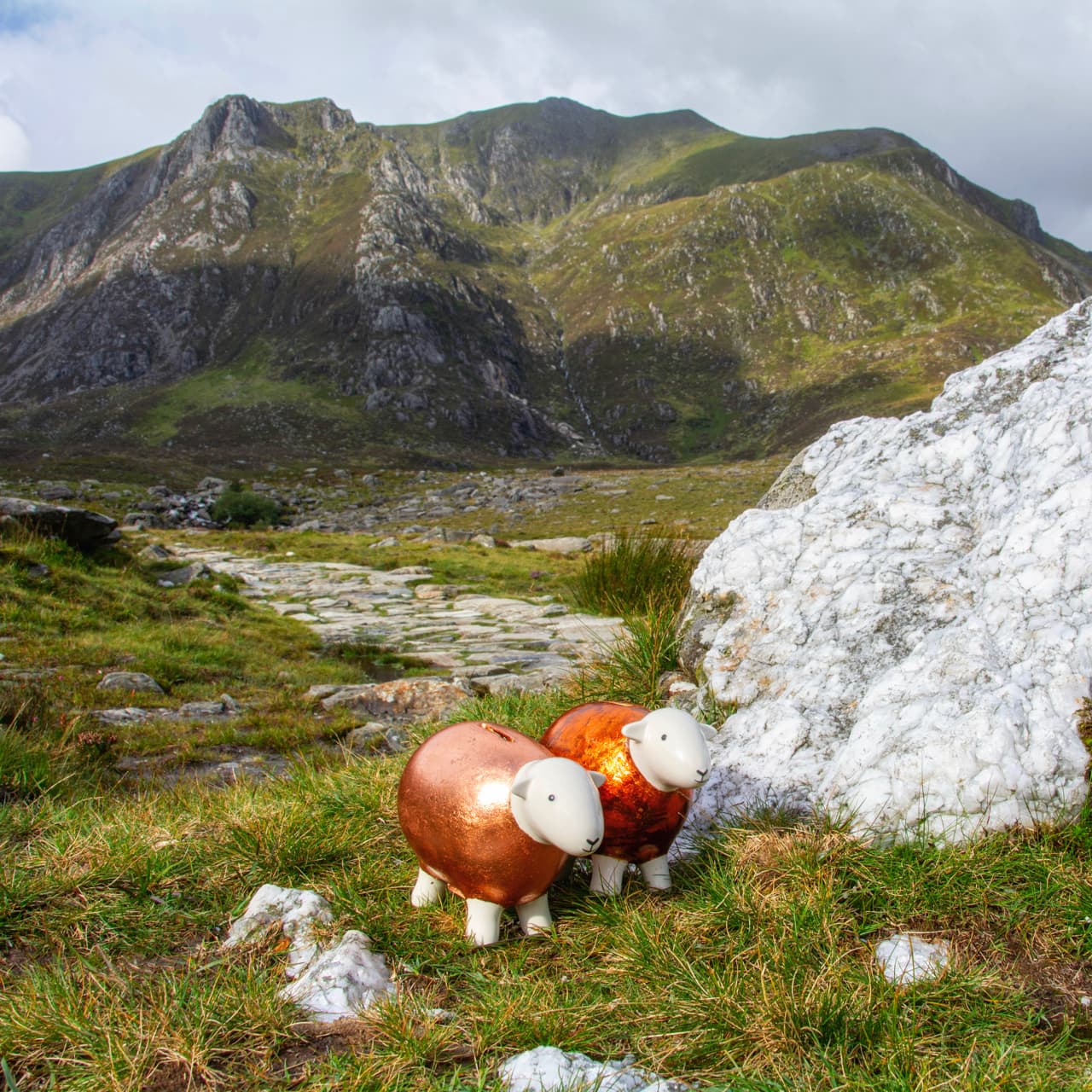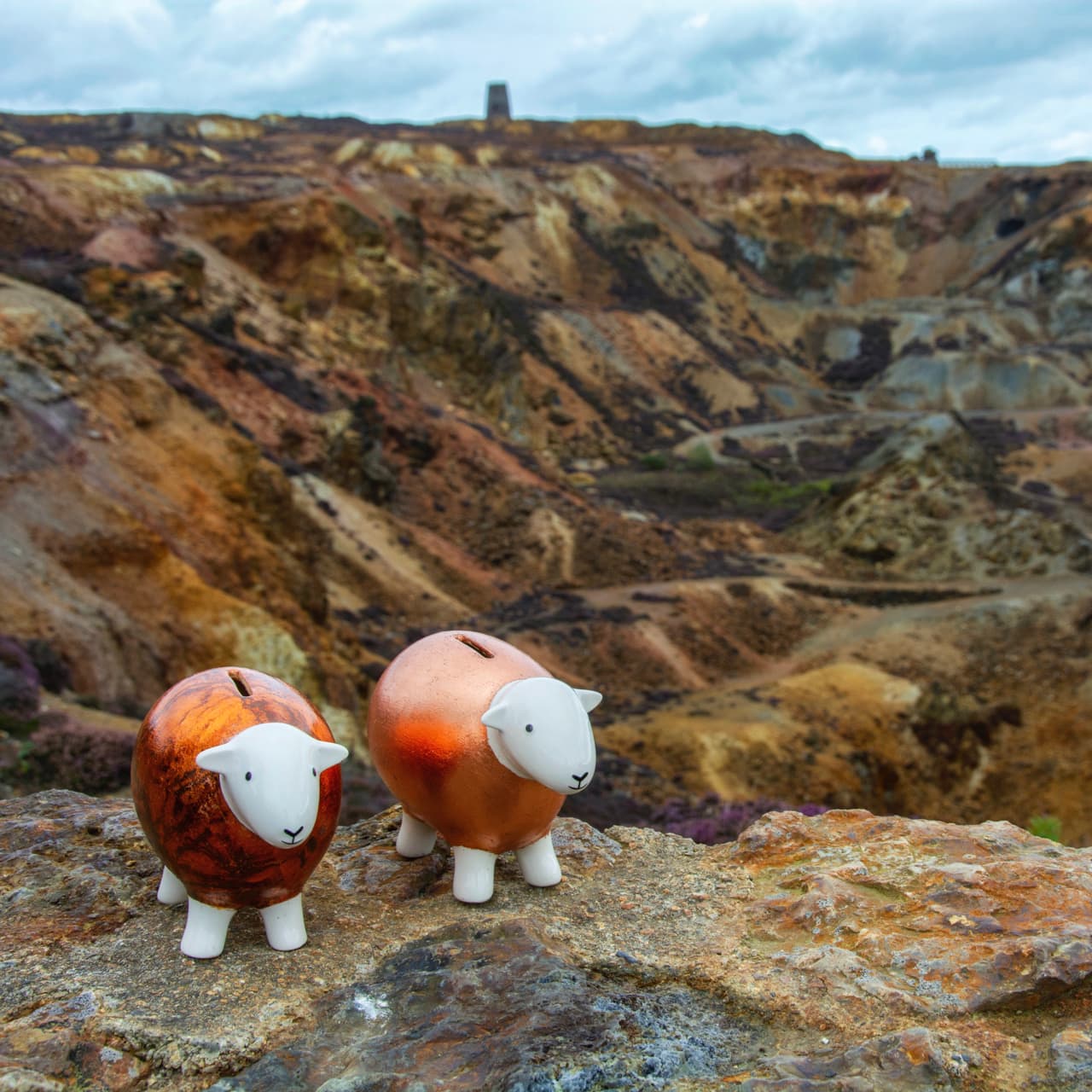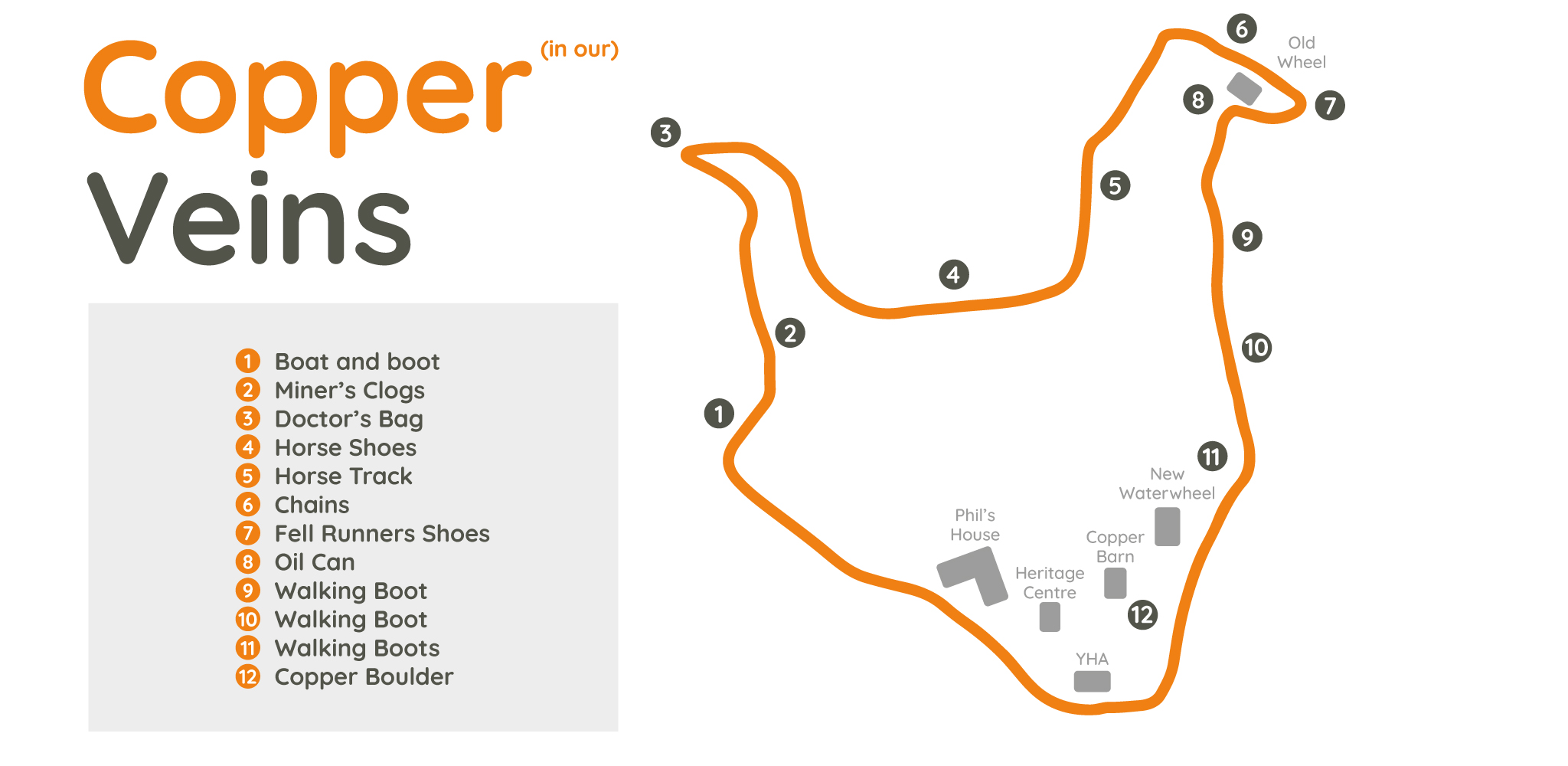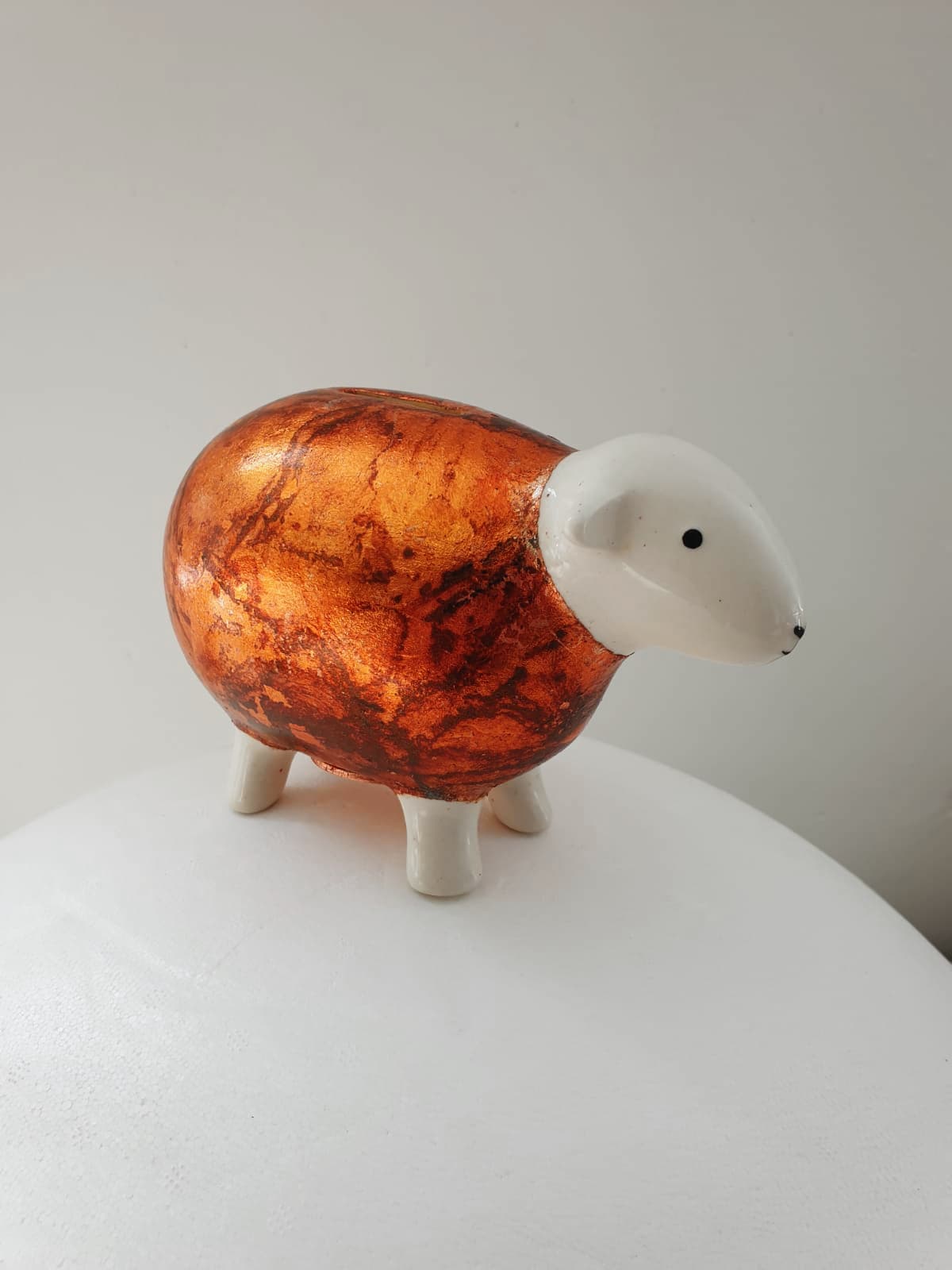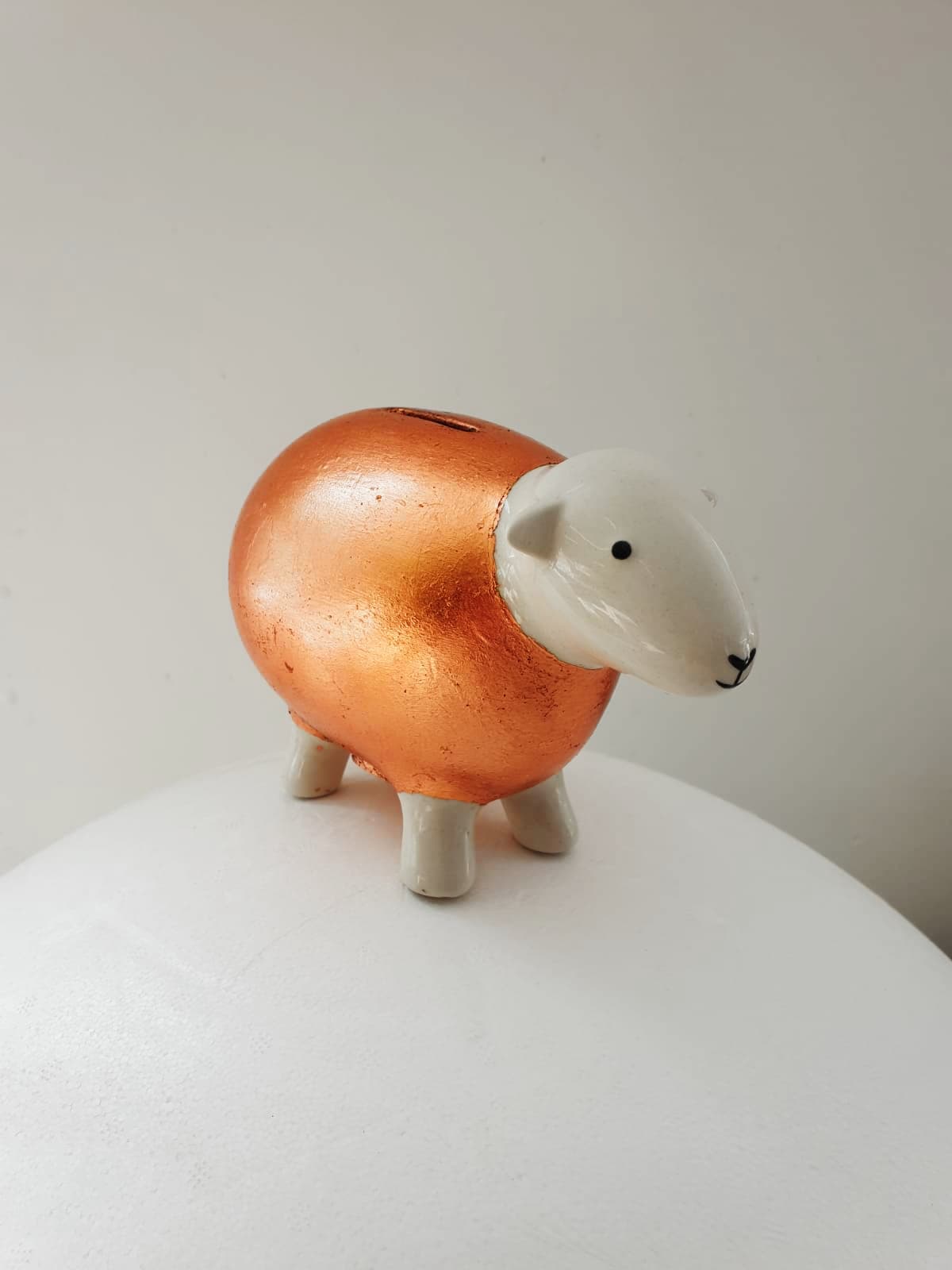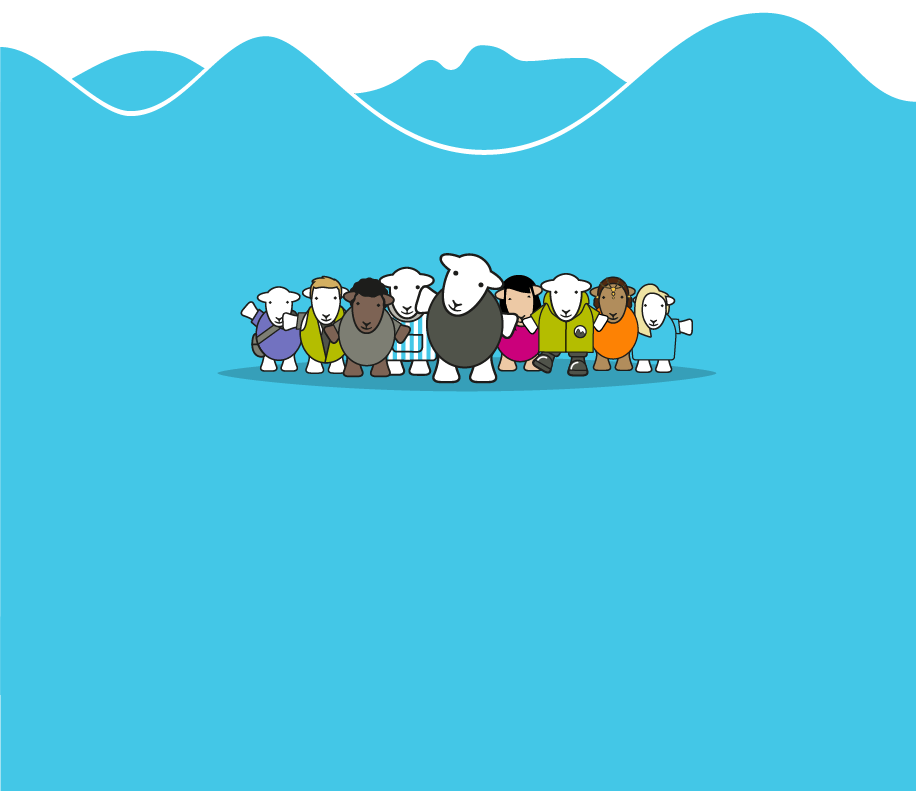When you think of Coniston you might be reminded of: Coniston Water, Beatrix Potter, Herdwick sheep, the Bluebird, the Old Man of Coniston… but what about the copper trail?
Copper is as fundamental to the story of the Lake District as Herdwick sheep are; without it, global communications and home electricity would not be possible. And yet, not many people know about this metal, its history, and the abundance of it that was discovered in Coniston.
Local artists Jessica Elleray and Siobhan Miles-Moore have been on a mission to raise the visibility of copper, boost awareness of its importance to the development of Coniston and the Lake District as a whole, and tell the story of the Lake District’s industrial heritage.
The result is the Copper (In Our) Veins art exhibition and sculpture trail.
The importance of copper
Copper (chemical symbol Cu) is one of the oldest metals man has worked with, with evidence of man’s interaction with the metal dating back more than 10,000 years. A hand-beaten copper pendant was discovered in modern-day northern Iraq that could be dated to 8,700BC.
Copper is particularly handy for humans due to its innate properties:
- It is the best metal electrical conductor except for silver, and a tightly-wrapped coil of copper wire with an electric current passing through it will create a magnetic field, which has all kind of modern applications;
- Copper is a good thermal conductor, allowing heat to pass through it quickly. This property has lots of useful applications, such as copper heat sinks in computers;
- It is naturally hostile to bacteria, viruses, and fungi that settle on its surface, giving copper all kinds of medical and hygiene uses;
- Copper is infinitely recyclable without any loss of performance and is nearly indistinguishable from freshly-mined copper.
Copper in Coniston and the Lake District
Copper veins were “injected” into the Lake District landscape by a series of eruptions from super volcanoes and subsequent earthquakes, roughly 460 million years ago.
Fast forward until the 16th century when Queen Elizabeth I set up the Company of Mines Royal to work on the copper veins discovered in Coniston. Progress was initially very slow, with rockface openings and tunnelling all done by hand and primitive methods. The situation improved when the Queen imported expert German miners from the Tyrol and Bavaria regions of Germany, and then further accelerated when gunpowder was introduced towards the end of the 17th century. By the mid-1800s copper production in Coniston was at its peak.
By 1896 Penny Rigg at Tilberthwaite, round the corner from Coniston, was producing slate, and there were no longer any workers at the Coniston mine. The Coniston Mining Syndicate was wound up in 1908, and the last waterwheels were removed for scrap during the 1930s.
Celebrating the copper mining heritage of Coniston
To celebrate the industrial heritage of the Lake District, as well as the story and importance of copper mining in Coniston, local artists Jessica Elleray and Siobhan Miles-Moore have teamed up. They’ve created a temporary Copper Sculpture Trail throughout the Coppermine Valley as well as an Exhibition at the Ruskin Museum in Coniston.

